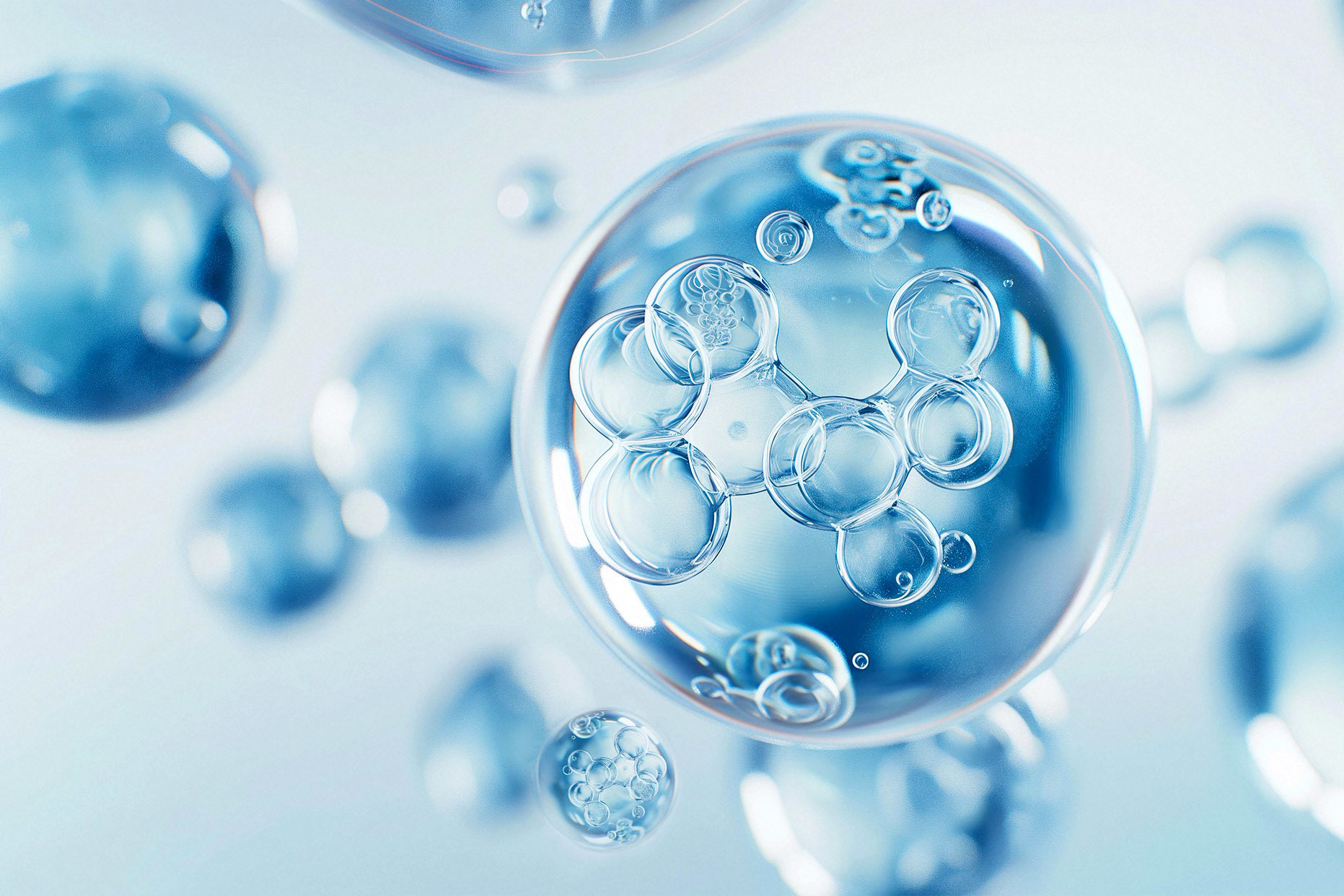The Colorful World of Phenolphthalein: Applications and Insights
Jul 26,2025
What in the World is Phenolphthalein?
Ah, Phenolphthalein! Sounds like a mouthful, right? But don’t let the fancy name fool you. This versatile compound has been making waves in classrooms and laboratories alike. Used primarily as an acid-base indicator in titrations, it changes color from colorless to pink as the pH shifts from acidic to slightly basic. It’s like a little color show right in your lab flask!
A Dash of Chemistry
So, how does it work? Well, Phenolphthalein is a weak acid that undergoes a transformation at a specific pH level. When you add it to an acidic solution, it remains colorless. But as the pH climbs to around 8.2, voilà! It turns a vibrant pink. This property makes it a staple in titrations, helping chemists determine the concentration of unknown solutions with flair.
Beyond the Lab: Real-World Applications
Sure, Phenolphthalein shines in the lab, but its uses extend far beyond that. Here are a few surprising applications:
- Medical Testing: Believe it or not, Phenolphthalein is also used in some medical tests, particularly in assessing kidney function. It helps determine how well the kidneys can filter substances from the blood.
- Pharmaceuticals: In the world of medicine, this compound is sometimes found in laxatives. It acts as a stimulant for the digestive system, encouraging movement in the intestines.
- Environmental Monitoring: Phenolphthalein is employed in various environmental tests to monitor pH levels in soil and water. A drop of this indicator can reveal whether your garden needs a bit of TLC!
The Color Change: A Visual Delight
One of the most fascinating aspects of Phenolphthalein is its dramatic color change. This visual cue not only makes experiments more engaging but also serves as an immediate indicator of pH levels. Picture this: you’re in a lab, and as you slowly add a base to your acidic solution, the once-clear liquid starts to blush a bright pink. It’s a thrilling moment for any budding scientist!
How to Use Phenolphthalein Effectively
Now that you’re sold on its charm, how can you make the most of Phenolphthalein in your own experiments? Here are some tips:
- Proper Dilution: Always dilute Phenolphthalein properly before use. A concentrated solution can give misleading results.
- Storage Matters: Store your Phenolphthalein in a cool, dark place. Light and heat can degrade its effectiveness.
- Know Your pH: Use a reliable pH meter or strips alongside Phenolphthalein for more accurate readings. After all, it’s good to have a double-check!
The Takeaway: More Than Just a Pretty Color
So there you have it! Phenolphthalein is more than just a colorful addition to your chemistry kit. Its applications are widespread, spanning medical, environmental, and educational realms. Whether you're a student in a lab or a professional in the field, understanding how to use this compound can open up a world of possibilities.
Next time you see that pink hue, remember: it’s not just a color; it’s a gateway to understanding acidity and basicity in a fun, interactive way. Who knew chemistry could be so colorful?







